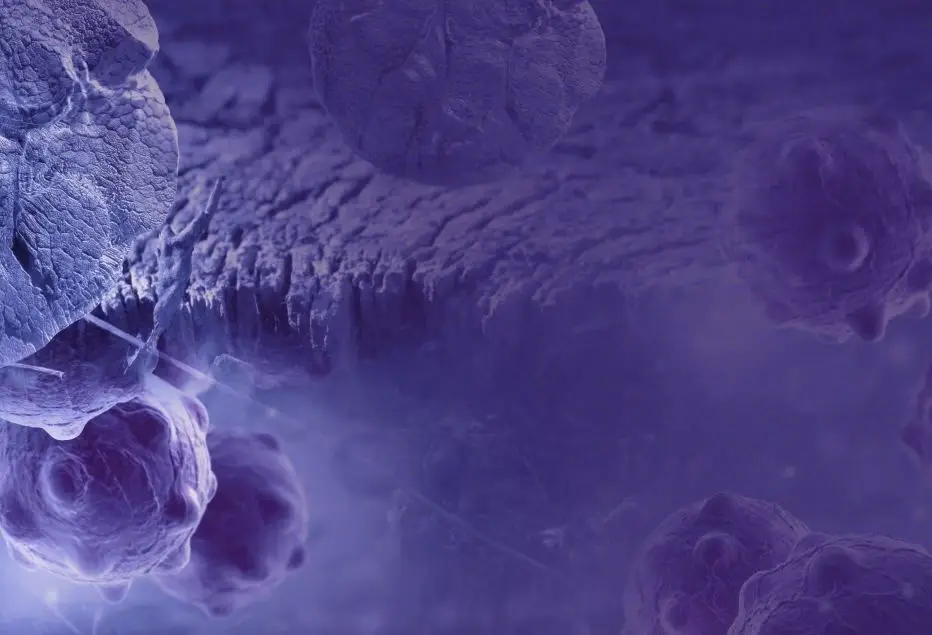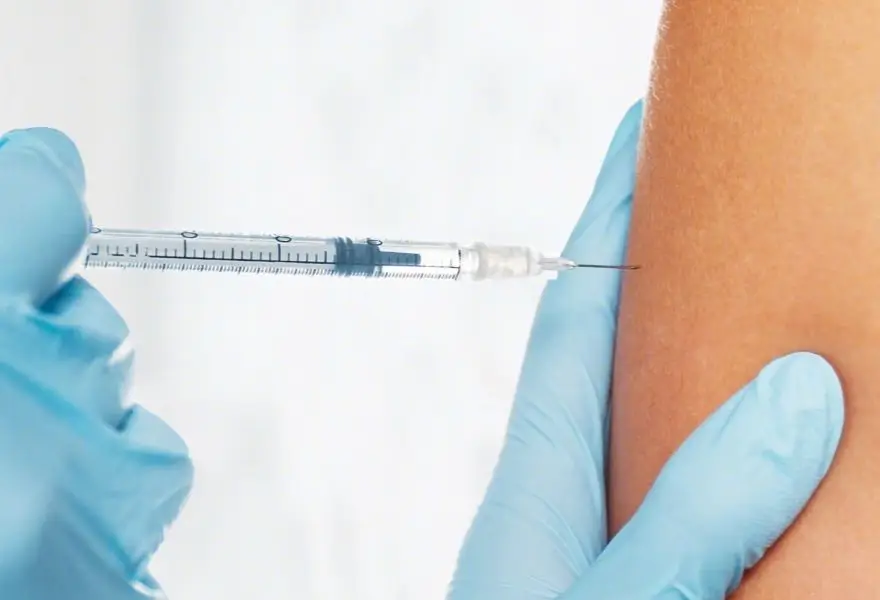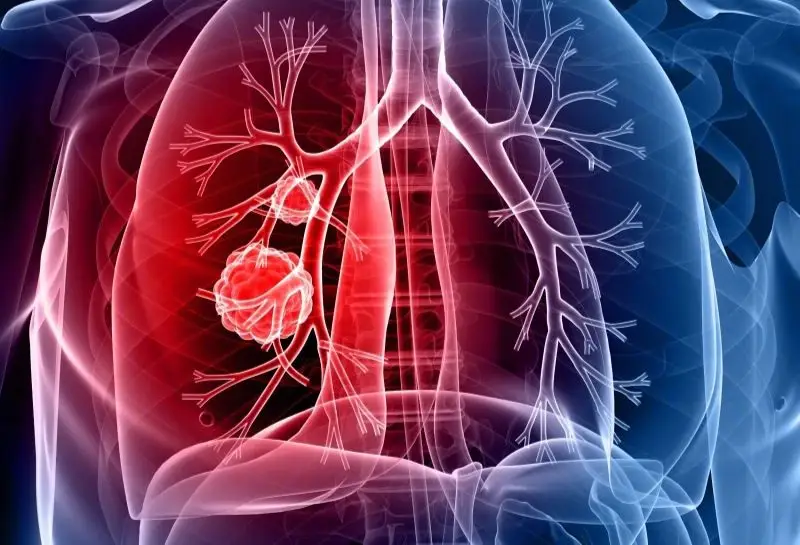Background: For the past 20 years, twice-daily thoracic radiotherapy with concurrent chemotherapy has been the treatment of choice for limited-stage small-cell lung cancer (LS-SCLC), which has a poor prognosis. We aimed to assess the efficacy and safety of high-dose, accelerated, hyperfractionated, twice-daily thoracic radiotherapy (54 Gy in 30 fractions) versus standard-dose radiotherapy (45 Gy in 30 fractions) as a first-line treatment for LS-SCLC.
Methods: This open-label, randomised, phase 3 trial was performed at 16 public hospitals in China. The key inclusion criteria were patients aged 18-70 years, with histologically or cytologically confirmed LS-SCLC, who had an Eastern Cooperative Oncology Group (ECOG) performance status of 0-1, and who were previously untreated or had received one course of cisplatin or carboplatin and etoposide. Eligible patients were randomly assigned (1:1) to receive volumetric-modulated arc radiotherapy (VMAT) of 45 Gy in 30 fractions to the gross tumour volume or VMAT with a simultaneous integrated boost of 54 Gy in 30 fractions to the gross tumour volume starting 0-42 days after the first chemotherapy course. Both groups received 10 fractions of twice-daily thoracic radiotherapy per week. The planning target volume was 45 Gy in 30 fractions in both groups. Patients with responsive disease received prophylactic cranial radiotherapy (25 Gy in 10 fractions). Randomisation was performed using a centralised interactive web response system, stratified by ECOG performance status, disease stage, previous chemotherapy course, and chemotherapy choice. The primary outcome was overall survival in the intention-to-treat population. Safety was analysed in the as-treated population. This study was registered at ClinicalTrials.gov, NCT03214003.
Findings: From June 30, 2017, to April 6, 2021, 224 patients (102 [46%] females and 122 [54%] males; median age 64 years [IQR 58-68]) were enrolled and randomly assigned to the 54 Gy group (n=108) or 45 Gy (n=116) group. The median follow-up was 46 months (IQR 33-56). The median overall survival was significantly longer in the 54 Gy group (60·7 months [95% CI 49·2-62·0]) than in the 45 Gy group (39·5 months [27·5-51·4]; hazard ratio 0·55 [95% CI 0·37-0·72]; p=0·003). Treatment was tolerable, and the chemotherapy-related and radiotherapy-related toxicities were similar between the groups. The grade 3-4 radiotherapy toxicities were oesophagitis (14 [13%] of 108 patients in the 54 Gy group vs 14 [12%] of 116 patients in the 45 Gy group; p=0·84) and pneumonitis (five [5%] of 108 patients vs seven [6%] of 116 patients; p=0·663). Only one treatment-related death occurred in the 54 Gy group (myocardial infarction). The study was prematurely terminated by an independent data safety monitoring board on April 30, 2021, based on evidence of sufficient clinical benefit.
Interpretation: Compared with standard-dose thoracic radiotherapy (45 Gy), high-dose radiotherapy (54 Gy) improved overall survival without increasing toxicity in a cohort of patients aged 18-70 years with LS-SCLC. Our results support the use of twice-daily accelerated thoracic radiotherapy (54 Gy) with concurrent chemotherapy as an alternative first-line LS-SCLC treatment option.
Funding: Chinese Society of Clinical Oncology-Linghang Cancer Research, the Wu Jieping Medical Foundation, and Clinical Research Fund For Distinguished Young Scholars of Peking University Cancer Hospital and Beijing Municipal Administration of Hospitals Incubating Program.
 京东健康互联网医院
京东健康互联网医院
 网站导航
网站导航
 16
16

 22
22

 29
29

 27
27

 19
19

 25
25

 17
17

 14
14

 9
9

 10
10
